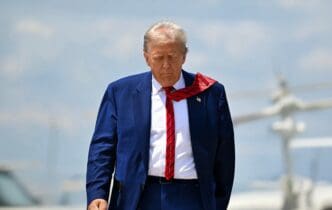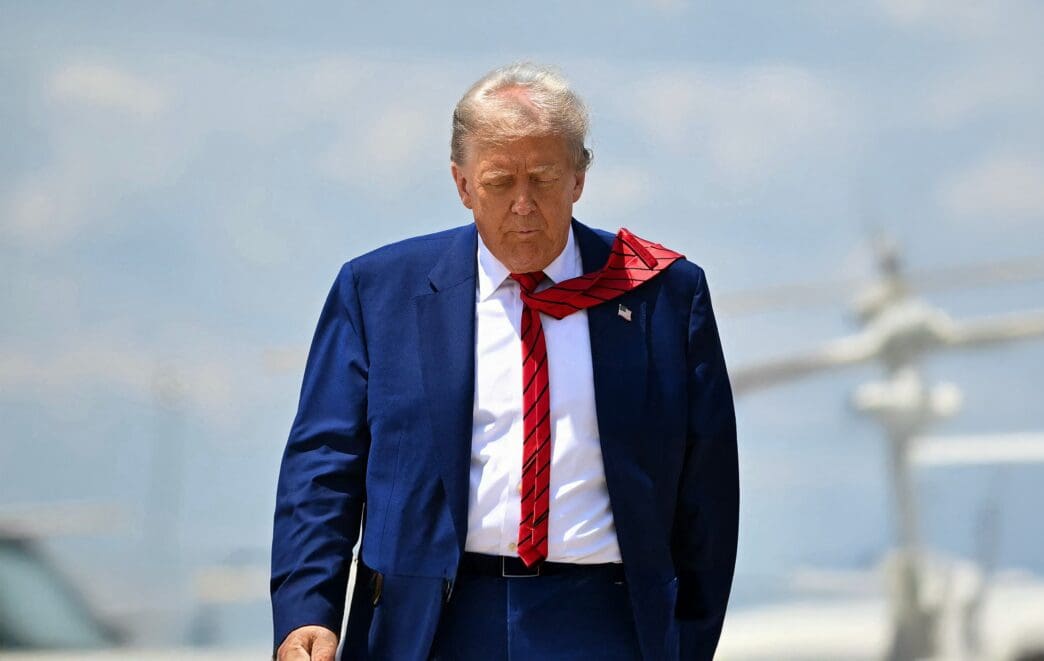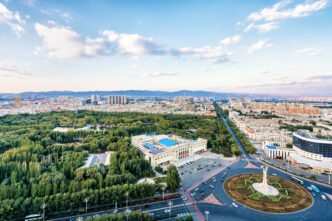Executive Summary
The Story So Far
Why This Matters
Who Thinks What?
KUALA LUMPUR — Top trade envoys from the United States and China concluded a second day of discussions in Kuala Lumpur on Sunday, signaling progress toward a “productive meeting” between President Donald Trump and President Xi Jinping. The talks, held on the sidelines of the Association of Southeast Asian Nations (ASEAN) summit, aim to de-escalate an ongoing trade dispute between the world’s two largest economies.
High-Level Engagement
U.S. Trade Representative Jamieson Greer and Treasury Secretary Scott Bessent met with Chinese Vice Premier He Lifeng for their fifth round of in-person discussions since May. Greer expressed optimism, stating, “I think that we’re getting to a spot where the leaders will have a very productive meeting,” as he departed to join President Trump.
China’s chief trade negotiator, Li Chenggang, also participated in the discussions. A broad range of topics were covered, including the potential extension of a fragile truce on trade measures, according to Greer.
Averting Escalation
Both nations are striving to prevent a further escalation of their trade conflict. President Trump had previously threatened new 100% tariffs on Chinese goods and other trade restrictions effective November 1, in response to China’s expanded export controls on rare earth magnets and minerals.
The U.S. also launched a new tariff investigation into China’s compliance with the “Phase One” trade deal signed in 2020, just a day before the current talks commenced. This probe adds to President Trump’s tools against China.
Anticipated Trump-Xi Meeting
President Trump arrived in Kuala Lumpur on Sunday for the ASEAN summit, marking the first stop of a five-day Asia tour expected to culminate in a face-to-face meeting with President Xi in South Korea. A positive outcome from the Kuala Lumpur talks is crucial to paving the way for the high-stakes meeting, currently anticipated for October 30.
While the White House has announced the leaders’ meeting, Beijing has yet to officially confirm it. Potential discussion points between President Trump and President Xi include Chinese purchases of U.S. soybeans, concerns regarding Taiwan, and the detention of Hong Kong media tycoon Jimmy Lai.
President Trump also indicated a desire to seek China’s assistance in Washington’s engagement with Russia, particularly as the conflict in Ukraine approaches its fourth year. U.S. Secretary of State Marco Rubio affirmed on Sunday that the U.S. would not abandon Taiwan for trade benefits with China.
Fragile Trade Truce
Tensions have recently intensified despite a delicate trade truce established in Geneva in May and extended in August. This truce failed to prevent both sides from implementing new sanctions, export controls, and threats of further retaliatory actions.
The current discussions are largely centered on China’s expanded controls over rare earth exports, which have led to a global shortage. In response, the Trump administration is reportedly considering a block on “critical software” exports to China, affecting a range of products from laptops to jet engines.
Outlook
Any agreement reached from these talks is likely to remain fragile, reflecting the complexities of the world’s most significant trade relationship, valued at $660 billion annually.








